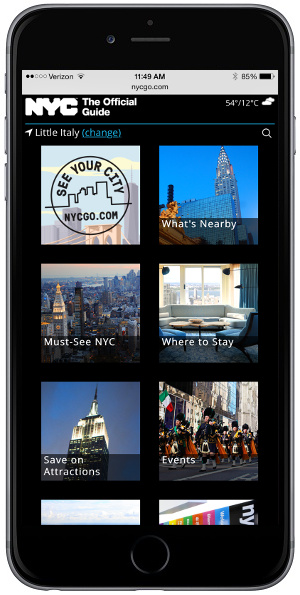Touchscreen ubiquity is rapidly approaching. In addition to the hundreds of millions of tablets in the market, more and more laptops are currently being sold with touch screens in many different shapes and sizes. An 11″ touchscreen notebook user may find the tablet version of a Website more appealing than a classic, mouse-driven desktop Website. For many children, tapping on the screen of a phone, tablet or small notebook is the first way they learn to interact with computers. Kiosks and other devices benefit from touch-optimized design as well. Users are already trying to tap on desktop Websites.
 Mobile design is sometimes misunderstood to mean ‘design for smaller screens’. A bigger challenge in creating an effective mobile design, however, is designing interfaces for touch screens that work in obvious and predictable ways. Touch targets should be large enough to avoid accidental taps; swiping should be implemented in a way that is clear to users and does not interfere with native browser functionality. While touching or tapping to navigate a site designed for a mouse is at best clumsy and often impossible, the reverse is not the case: Using a mouse on a touchscreen site is simple and may come with little, if any, compromise.
Mobile design is sometimes misunderstood to mean ‘design for smaller screens’. A bigger challenge in creating an effective mobile design, however, is designing interfaces for touch screens that work in obvious and predictable ways. Touch targets should be large enough to avoid accidental taps; swiping should be implemented in a way that is clear to users and does not interfere with native browser functionality. While touching or tapping to navigate a site designed for a mouse is at best clumsy and often impossible, the reverse is not the case: Using a mouse on a touchscreen site is simple and may come with little, if any, compromise.
While a “mobile-first’ approach may or may not be suitable for your organization’s needs, a responsive, touch-optimized site may make a suitable default in the future and taking advantage of additional space for the smaller click targets afforded by a traditional mouse and large monitor is relatively simple. At minimum, it offers an excellent starting point for a future design refresh of the desktop site, one that would now be informed by actual user experience and feedback of a touch-enabled site.